Trustindex verifies that the original source of the review is Google. I contacted radiant solutions company through their contact us tab on the website. Matt answered my email very promptly. I had a few more questions so I sent him another email and he called me right back by phone instead of chatting back-and-forth n email. He took the time to answer all my questions and give me inside tips on installation. I highly recommend them and I highly recommend Matt as a sales / customer service representative.Posted onTrustindex verifies that the original source of the review is Google. We are so pleased with the service and product from this company. The self regulating pipe heating cables that we have purchased have kept our pipes in our RV from freezing and running smoothly in this super cold winter. They have been easy to install and monitor. I would highly recommend ALL of the products from this company.Posted onTrustindex verifies that the original source of the review is Google. I've worked with these guys a few times now and they've been super helpful every time and are great to work with!Posted onTrustindex verifies that the original source of the review is Google. Amazing products and the best customer service! Have used them for a while and will continue to do so. This company is great to work with.Posted onTrustindex verifies that the original source of the review is Google. This is a fantastic company with well thought out and high-quality products. The 'kits' for cable ends, tees and terminals are complete and easy to install. All instructions are complete and excellent support is available. The paper installation manual is a complete planning and installation guide. Company support is first rate. Highly recommended vendor.Posted onTrustindex verifies that the original source of the review is Google. Excellent products from an outstanding company. Very glad everything is American made and it shows! I contacted the company twice before ordering and I received an answer within the hour. Shipping was vey fast since I ordered on Friday and was delivered on Monday! The 10 year warranty is superior and instructions are clear. There is not another heat cable on the market that even come close to these guys.Posted onTrustindex verifies that the original source of the review is Google. Great installation of heat tape on two roof sections. Installer showed up on time, did a professional job, and checked that it worked.Posted onTrustindex verifies that the original source of the review is Google. As an installer of Heat Tape on homes, Radiant Solutions provides super high quality heat cable. It’s a mix of ease of installation and some of the best customer support that makes this above and beyond expectations. The waves this cable creates in rooflines is very satisfying to install and look at. Grip Clips are the best and strongest way to securely mount it to the roofline.Posted on
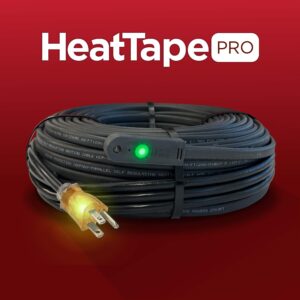
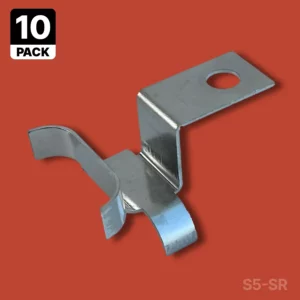
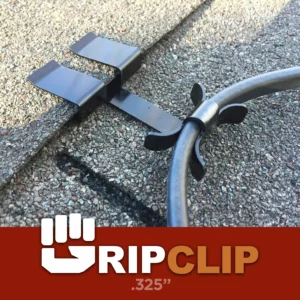
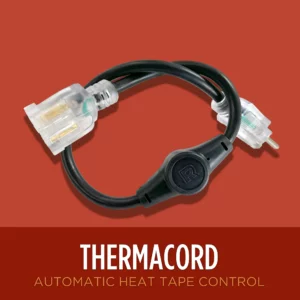
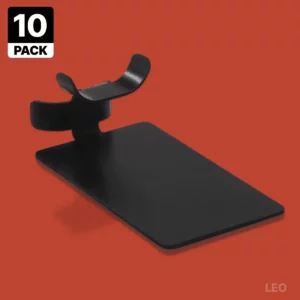
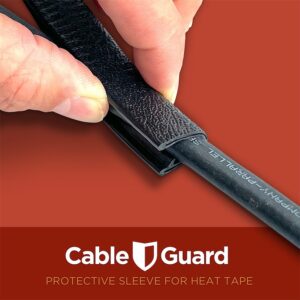
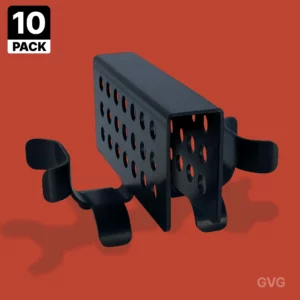
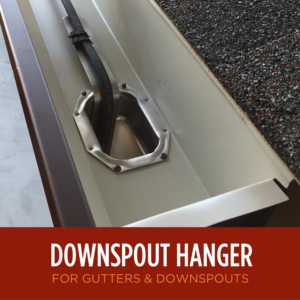
Measuring the area of your roof that is affected by ice dams so you know how much heat tape to get is not overly complex, but it does have a few variables. Use our Heat Tape Measuring Guide to understand the process and print a worksheet that you can use to make sure you have all the right numbers.
Once you have all the measurements and considerations you need, use our Heat Tape Calculator to calculate the size of heat tape you should get.
Consider using Heat Tape Pro inside of open drain pipes as that cable is rated for use in wet areas.
Good news. Heat Tape Pro and Pipe Freeze Pro are the only heat cables in the world you can see is working. The GlowCap is the LED end cap used to terminate all of our pre-terminated heat cables. If you see the green light glowing at the end of the cable, the cable is working. We also offer a GlowCap End Seal Kit for field assembled cable systems.
Another quite obvious way of determining if your heat cable is working is to feel if it is warm.
The short answer is NO. Self-regulating heat cable does not turn itself on and off automatically. To do that you need to put the cable on a switched circuit or outlet or on a controller. Of course, you can also be old-school about it and simply plug and unplug as needed.
“Self-Regulating” refers to the fact that these cables are temperature sensitive. Due to their construction, these cables sense changes in temperature along their entire length, demanding more power as temps fall and less when they rise.
PipeFreeeze Pro™, Pipe Freeze Protection Solution has a built in thermostatic switch, meaning it will turn on and off on it’s own.
Heat Tape Pro™, does not contain a built-in thermostatic controller. We recommend adding the ThermaCord™ Thermostatic controller to turn your Heat Tape PRO to turn the cable on and off with changes in temperature.
Heat tape cables should not be installed in any permanently hidden areas.
See Below
Measuring is not difficult and you can make measurements without going up on your roof or using a ladder if you err on the side of overestimating the distances. Here’s Radiant Solutions Guide to Measuring for Heat Tape, which gives a detailed overview of measuring and some tips and resources, if you think you need it.
Once you have your measurements, you can use our Heat Tape Calculator to help you determine the length of Heat Tape Pro you need, the number of Heat Tape Clips you’ll need, and misc. product considerations.
Heat Tape Pro & Piper Freeze Pro can both overlap and/or touch itself in your installation.
It’s fine to overlap your heat tape pro, or have it touching itself in your install. The cable only itself heats up to less than 100ºF at most. This is plenty of warmth to stop ice dams from forming, but isn’t that much warmer than the temperature of your body. Sometimes it won’t even feel that warm to the touch.
This is different than a lot of heat tape that can be purchased at stores: contestant wattage cable can get much hotter and can even be dangerous if you overlap them. Not our cable, however.
Pipe Freeze Pro can touch itself, overlap with itself, or be wrapped around itself on the pipe. It won’t get too hot because not only is it designed to have a maximum output temperature that is less than 100ºF, it is self-regulating –so it’s output adjusts to the ambient temperature near the cable.
Radiant solutions has developed several accessories and installation components that work well for flat and low-pitch roofs. Installing heat tape on a flat roof often requires more unique considerations than standard serpentine patterns used on pitched roofs.
Check out our Case Studies for examples of Heat Tape installations, including information on flat roofs.
Also refer to the Heat Tape Pro Product Manual for information on flat roof installations of heat tape.